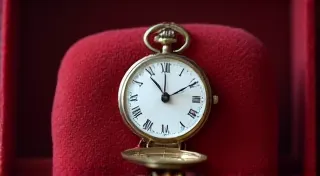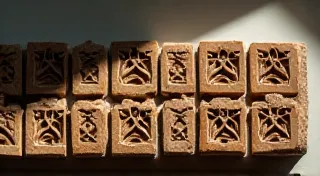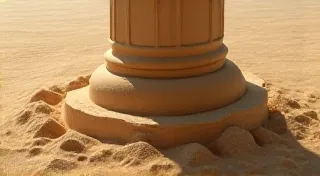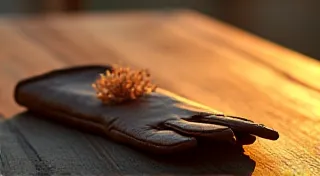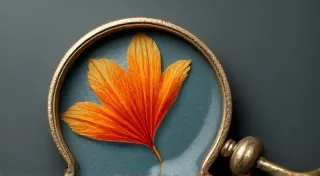Echoes in Sepia: When Postcards Became Portable Memories
There’s a unique, almost melancholic charm to holding a vintage postcard. It’s more than just a piece of cardboard; it’s a portal. A silent messenger bridging decades, whispering tales of lives lived, places visited, and connections cherished. We, as collectors of vintage postcards, are not simply accumulating paper; we’re safeguarding fragments of history, tangible echoes of a bygone era. But have you ever considered why these simple cards held such profound significance in their time? The story of the postcard is intrinsically linked to a fascinating cultural shift, a revolution in communication, and a blossoming appreciation for the ephemeral beauty of everyday life.
Before the postcard, correspondence was a deliberate, often laborious affair. Letters were penned with care, sealed with wax, and entrusted to the postal system – a process that could take days, even weeks. The cost was also a significant factor. Sending a letter wasn't a casual act; it was a considered expense. Then, in 1865, Austria introduced a new system: the postcard. This wasn't a sudden invention, mind you. It was a gradual evolution of the "penny post" idea, but crucially, it standardized the size and format, and introduced the concept of paying postage only for delivery – a dramatic reduction in cost for the sender. Other European nations followed suit, but it was in the United States in 1873 that the postcard truly took off, fueled by the nation’s rapid industrialization and growing desire for connectivity.
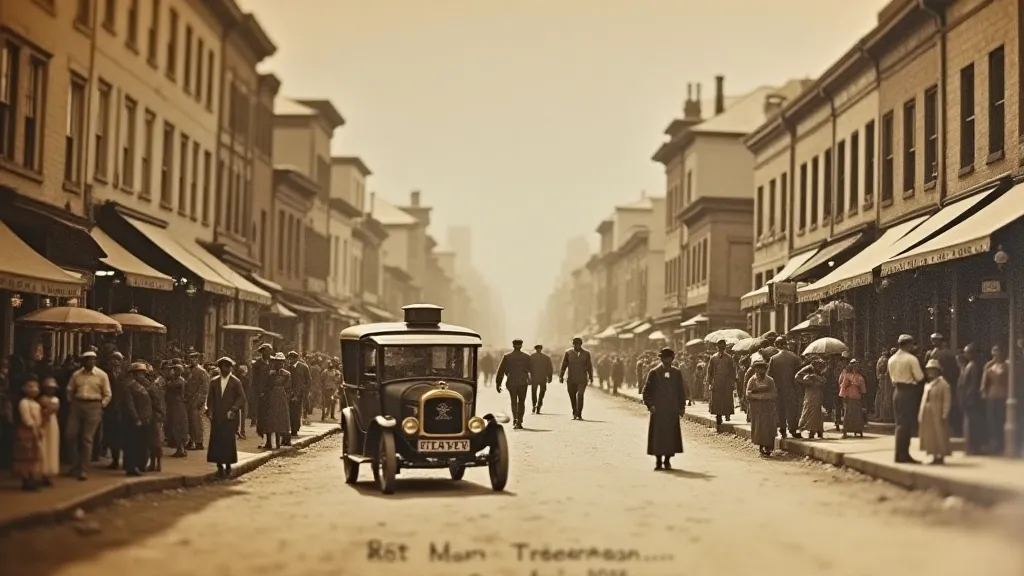
The Rise of a New Medium: A Reflection of Society
The impact of the postcard was immediate and profound. Suddenly, communication became accessible to a much wider segment of the population. Instead of lengthy letters, people could send quick greetings, brief updates, and snapshots of their lives with unprecedented ease. This wasn't just about convenience; it was about democratization of communication. Farmers could connect with relatives in the city, soldiers could reach home from distant battlefields, and families separated by geography could maintain vital connections. It became a miniature window into other people’s worlds.
The visual aspect was crucial to the postcard’s allure. Early postcards featured hand-tinted photographs – a laborious process that added vibrancy and personality. Soon, lithography and chromolithography made full-color images more readily available, depicting everything from stunning landscapes and grand architecture to charming local scenes and humorous caricatures. These weren’t just passive images; they were carefully curated representations of a nation eager to project an image of progress, prosperity, and optimism. Think of the idealized depictions of rural life, the majestic portrayals of burgeoning cities, and the carefully constructed narratives of the American West – all meticulously crafted for mass consumption and instantly recognizable across the country.
Consider the role of the "real photo" postcards – images taken by local photographers and printed directly onto postcards. These were often deeply personal, capturing scenes from everyday life in small towns and rural communities. They offer an unparalleled glimpse into the past, far more intimate than the often-sanitized images produced by larger commercial studios. They weren’t just pictures; they were personal narratives, shared and treasured across distances.
The Craftsmanship and Artistry of a Bygone Era
Examining a vintage postcard is an exercise in appreciating craftsmanship. The thickness and texture of the card stock itself, the quality of the printing, the vibrant hues of the pigments – all speak to a level of care and attention to detail that is often absent in mass-produced items today. Many early postcards were printed with techniques that, while simpler than modern methods, required considerable skill and expertise. The process of hand-tinting, for example, required a steady hand and a keen eye for color.
There's also a certain charm to the imperfections – the slight blurring, the occasional printing flaw, the faint discoloration from age. These aren’t blemishes; they’re character marks, testaments to the passage of time and the unique history of each individual card. Handling a postcard that has survived a century or more evokes a powerful connection to the past. You are holding something that someone else held, admired, and cherished – a tangible link to a life lived long ago.
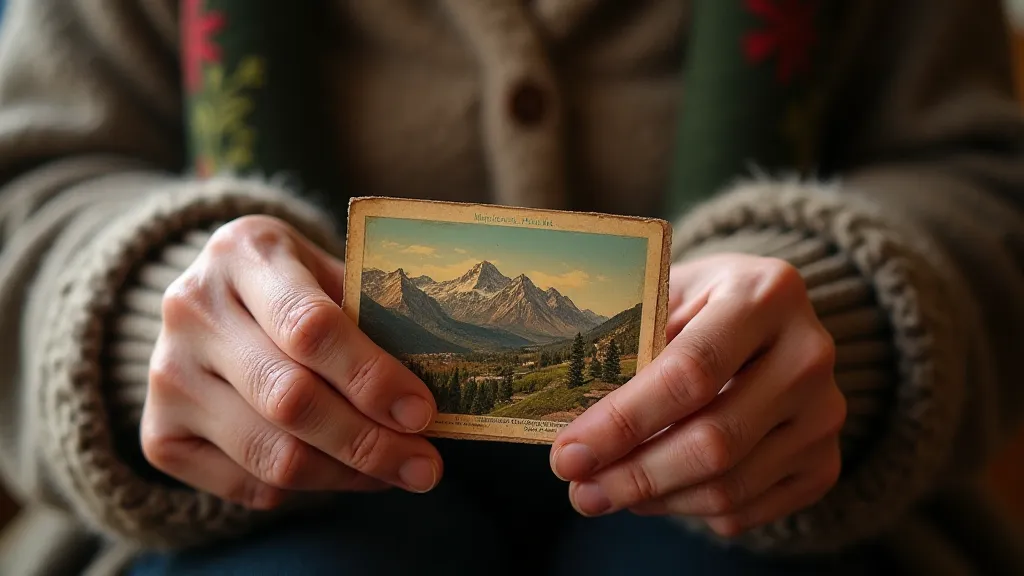
Collecting and Preservation: More Than Just Accumulation
For us, as collectors, postcard collecting isn't simply about acquiring pretty pictures. It's about preserving history, about connecting with the stories behind the images, and about appreciating the artistry and craftsmanship of a bygone era. There’s a certain meditative quality to sorting through boxes of old postcards, each one whispering a forgotten tale. The detective work involved in researching the origins of a card – identifying the photographer, tracing its provenance, uncovering the story of the sender and recipient – can be immensely rewarding.
Preservation is also crucial. While the cards themselves are durable, they are susceptible to damage from humidity, sunlight, and improper storage. Storing postcards in acid-free sleeves and albums is essential for preventing deterioration. Gentle cleaning with a soft cloth can remove surface dust and grime. Restoration, while tempting, should be approached with caution. Overly aggressive cleaning or attempts to "repair" damage can often diminish the card’s value and authenticity. When in doubt, it's best to consult with a professional conservator.
A truly remarkable aspect of postcard collecting is the ability to piece together larger narratives. A series of cards from the same photographer, a correspondence between two distant relatives, a collection of cards depicting a specific event – these fragments can reveal a surprisingly detailed picture of the past. The postcards offer a tangible link to the people and places that shaped our world. They are echoes in sepia, whispering stories of lives lived, memories cherished, and connections forged across time.
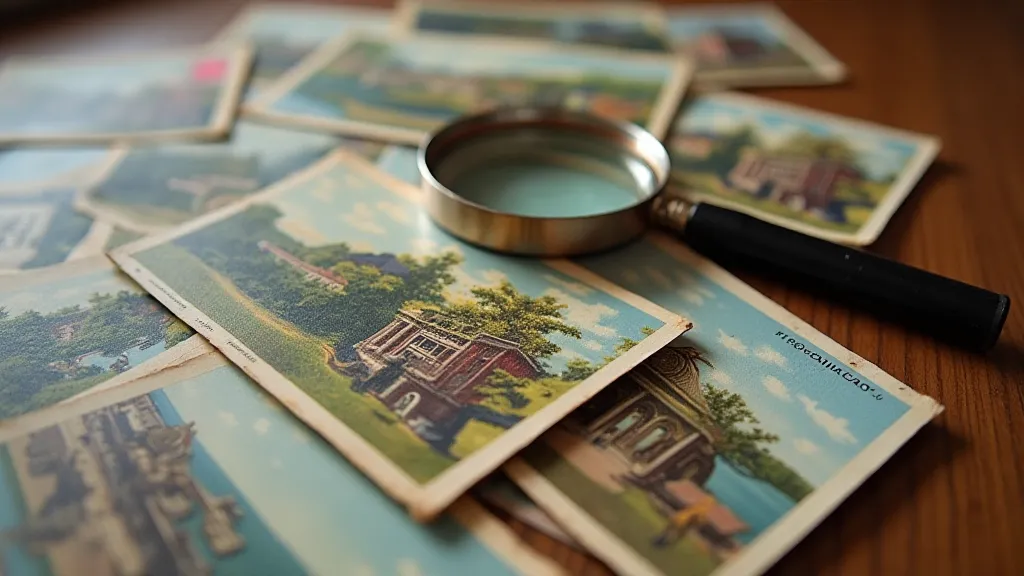
Ultimately, collecting vintage postcards is a journey of discovery – a constant exploration of the past, a celebration of human connection, and an appreciation for the enduring power of a simple piece of cardboard.
